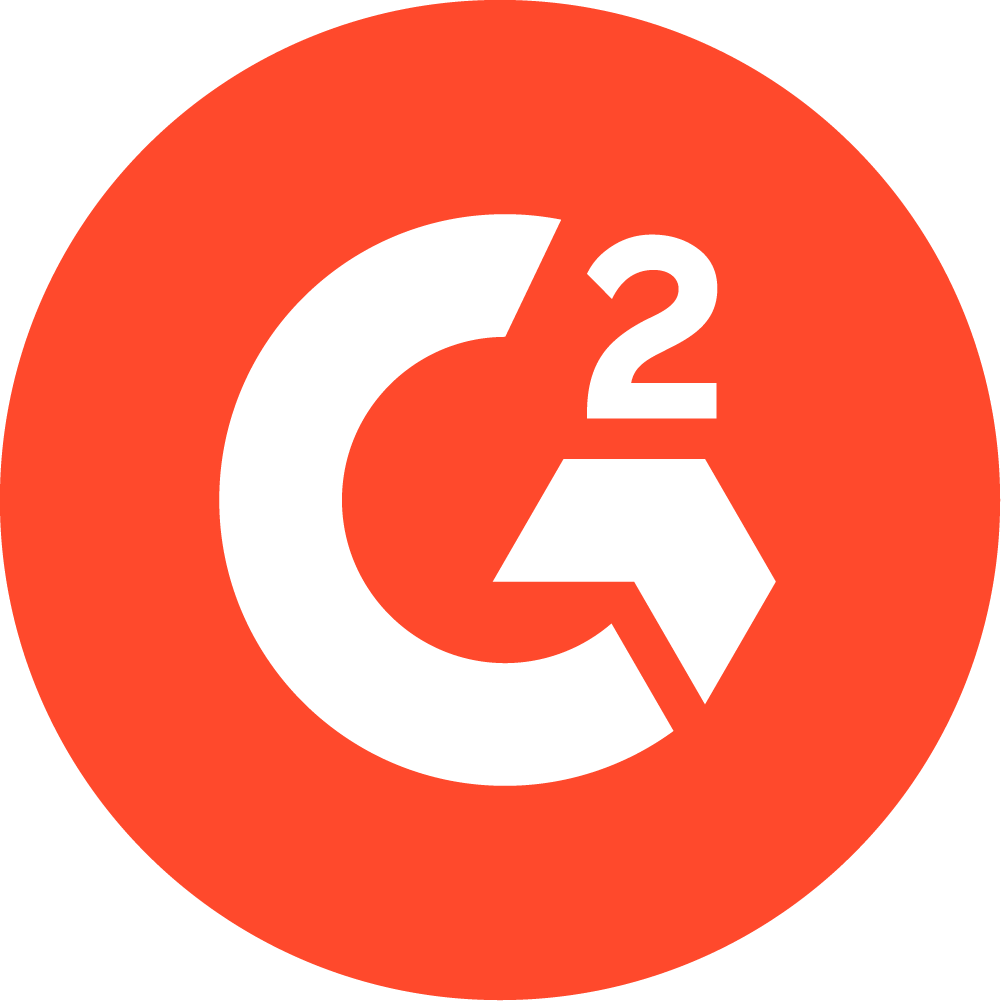How To Use CPT Code 31575
We're shining a light on how to use CPT code 31575 for speech therapists looking at laryngoscopies for patients.
We're shining a light on how to use CPT code 31575 for speech therapists looking at laryngoscopies for patients.

Subscribe
Get the latest news and tips directly in your inbox by subscribing to our monthly newsletter
The power of speech is something too many of us take for granted—until we struggle with that ability to communicate with our voices. Fortunately, speech-language pathologists exist to help us with those issues. As this article from the American Speech-Language-Hearing Association (ASHA) lays out, speech-language pathologists are trained to help with issues regarding:
- Speech sounds
- Language
- Literacy
- Social communication
- Voice
- Fluency
- Cognitive communication, and
- Feeding and swallowing
Of course, matters of dysfunction are often created by, or at least made worse from, physical issues related to those areas of the body. In the case of SLPs, those issues often begin in the throat—and it may be a medical necessity for a provider to seek a definitive diagnosis through a laryngoscopy.
What is a laryngoscopy?
As you can probably guess from the name, a laryngoscopy is a diagnostic procedure involving the examination of the larynx. Typically, when a doctor performs a laryngoscopy, they’ll either perform a direct laryngoscopy, which permits direct visualization of the larynx, or an indirect laryngoscopy, where the doctor will use a very small, flexible scope with a camera and light or use a mirror at the back of your throat to examine your voice box vocal cords and surrounding tissue.
Fortunately, either a direct laryngoscopy or a flexible laryngoscopy could be performed on the same day as an outpatient visit with only the use of a local anesthetic; however, if you're looking at a rigid laryngoscopy, you'll have to prepare for a separate procedure as you would a surgery, which means general anesthesia. Rigid laryngoscopy also includes risk factors like bleeding, sore throat, and injury to the larynx. However, both procedures should allow for the patient to go home shortly after that.
A doctor will generally prescribe a laryngoscopy for a patient suffering from a persistent or bloody cough, throat pain, difficulty swallowing, airway obstruction, or a mass or foreign object in the throat to determine if they are potentially head and neck cancers.
Who performs a laryngoscopy?
In most cases, a laryngoscopy performed for medical purposes will be performed by an otolaryngologist, more commonly known as an ear, nose, and throat (ENT) doctor. However, an SLP may be able to perform a laryngoscopy with proper training. As this guide from ASHA lays out, physicians are the only professionals who can “render medical diagnoses related to the identification of laryngeal pathology as it affects voice.”
The guide also goes on to state that SLPs and other clinicians must complete the necessary training to safely and effectively perform laryngoscopies and other imaging. SLPs also should check payers' medical policies to see if they can be reimbursed for laryngoscopy, and their state practice acts to see what limits there may be to the SLP scope of practice, and if laryngoscopy is permitted.
When do I use CPT code 31575?
Placing a tiny tube with a camera down a patient’s throat is never going to be simple—and that goes for coding as well. CPT code 31575’s description is for “Laryngoscopy, flexible fiberoptic; diagnostic.” According to the ASHA guide on Vocal Tract Visualization and Imaging, there are two separate types of videolaryngoscopy: Flexible Fiberoptic Nasendoscopy (FFN) and Rigid Fiberoptic Oral Endoscopy (RFOE). Based on the code’s description, CPT code 31575 would be the better, more accurate code for FFN as opposed to RFOE.
How is CPT code 31575 different from other laryngoscopy CPT codes?
At a casual glance, you may notice that there is more than one laryngoscopy CPT code. In addition to 31575, there are also:
So how would you determine the correct procedure code? As always, we look to specificity; in the case of CPT code 31575, you're coding for a flexible laryngoscopy with a fiberoptic camera for diagnosis. CPT codes 31576 and 31577 are both codes for flexible laryngoscopy, but are specific to the removal of a foreign body or the removal of a lesion by non-laser means. With CPT code 31579, not only is it referencing both a flexible laryngoscope and a rigid one, it's also for use of a telescope and the use of stroboscopy. Stroboscopy involves using a strobe light to make it appear that the vibration of the vocal folds are slowed down, making for easier and better assessment.
Where can I learn about coding?
If you’re eager to get up to speed on other CPT and ICD-10 codes, you can check out our recent blog on the newest additions to the ICD-10 catalog, as well as our blogs on CPT code 97535 and the ICD-10 codes for sciatica, low back pain, and ambulatory dysfunction.








